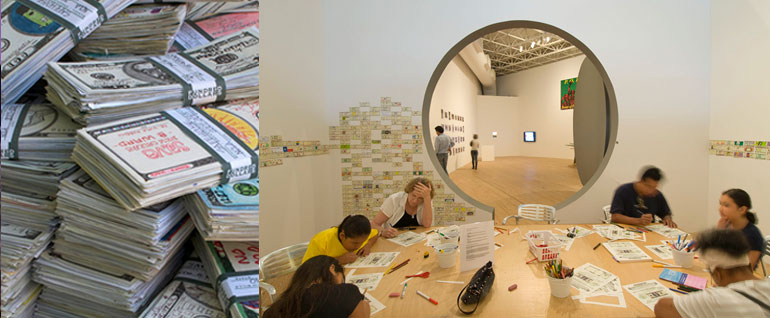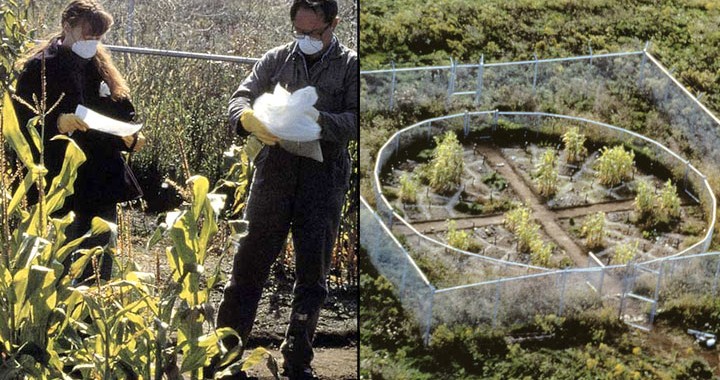Chin works as an artist and community activist. His collaborative projects combine pragmatic solutions to real-world problems with aesthetic and conceptual experiments.
Revival Field, 1991
Chin took inspiration from botanist Rufus Chaney’s research on hyperaccumulator plants—plants that pull heavy metals from the soil. For Revival Field, Chin planted hyperaccumaltors at Pig’s Eye Landfill, a contaminated Superfund site in St. Paul, MN. The project was conceived as a scientific experiment that asked: Can plants remove soil toxins? It was also an eco-art sculpture that highlighted the potential to remedy polluted environments.1
Operation Paydirt, 2006-Present
After hurricane Katrina stuck New Orleans, Chin decided he could help the city recover by focusing his attention on the high levels of lead in the city’s older neighborhoods. Before the hurricane hit, thirty to fifty percent of the neighborhoods’ children suffered from lead poisoning. Lead poisoning affects brain development, damages the nervous system and kidneys, and leads to behavioral problems.2 When Chin discovered that remediation of the soil in New Orleans would cost $300 million, he created Fundred—an art project that encourages children and their families to create art works in the shape of hundred dollar bills. Chin collects the Fundreds and plans to present them to Congress as a symbolic gesture that raises awareness of lead contamination and asks the government to appropriate funds to remedy the problem. Chin sees the New Orleans project as the first step in a bigger project that aims to remediate contaminated soil in cities across the U.S.3

1“Mel Chin in Conversation with Fareed Armaly and Ute Meta Bauer,” in Nature, ed. Jeffrey Kastner, (London, UK: Whitechapel Gallery Ventures Limited, 2012), 174-176.
2Operation Paydirt: About.
3Linda Weintraub, To Life! Eco Art in Pursuit of a Sustainable Planet, “Mel Chin: Soil Remediation,” (Berkeley, CA: University of California Press, 2012), 135-140.
